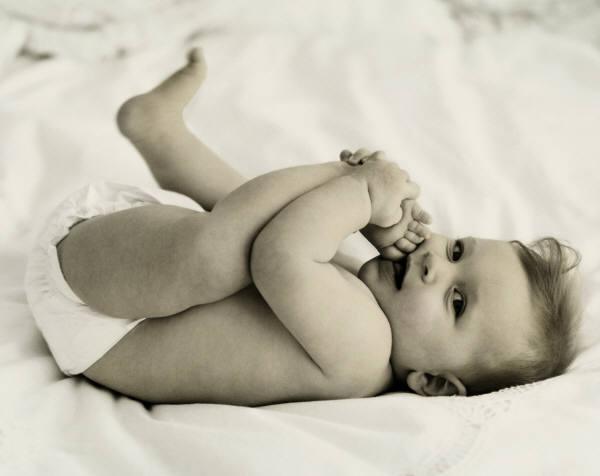The Cu Chi Tunnels,
located 70km northwest of Ho Chi Minh, is an amazing complex of underground
tunnels used during the Vietnam war. Initial
construction started in 1948 when the Viet Minh required somewhere to hide from
French air attacks and by 1965, the tunnel complex was estimated to consist of
more than 200 km of tunnels with underground hideouts, shelters, hospitals,
schools, meeting rooms, kitchens and sleeping quarters.
We went to the Ben
Duoc site, which contains part of the original tunnel system. Because it is further away from HCM, it is less
touristy and we practically had the place all to ourselves when we were there.
Many women were part of Viet Cong - they could be teachers, nurses, etc by day and fighter by night
Bomb shells
Inconspicuous holes in the ground providing ventilation into the tunnels and spying above ground
Now you see it, now you don't - entry/exit points into the tunnels
Wahlah! I could fit in
The narrow and short tunnels...This is probably already enlarged for tourists but people apparently had to crawl in the actual tunnels
Surgical bunk where the injured are treated
A strategy meeting taking place
Workshops - where rubber slippers and uniforms are made
At the end of the tour, we were served tea and steamed tapioca, a staple food in those difficult days
We then went to another site nearby where we took a shot
at firing the AK-47.
We then proceeded to the Cao Dai Temple
was built between 1933 – 1955. It is the
holy temple of the Cao Dai sect, a syncretist Vietnamese religious movement
that incorporates aspect of Buddhism, Taoism, Confucianism and Catholicism.
The temple closely
resembles a Christian cathedral in its architecture – two square towers, a long
central nave with upper gallery, and side aisles. The exterior and interior of the temple are extravagantly
decorated, incorporating symbols, abstract designs and images of saints. The high ceiling is painted sky-blue with
fluffy clouds and the floor tiles have busy patterns.
The three principal colors of Cao Dai are yellow (for Buddhism), blue (for Taoism), and red (for Christianity), and these appear in worshippers' robes as well as the temple. The most important symbol is the Divine Eye, representing God. It is a left eye, because God is Yang, and Yang is the left side. It has a ying-yang symbol in the pupil.
(L) - the Divine Eye; (R) - sculptures of Indian God atop one of the towers
There are four ceremonies with chanting each day: 6:00 am, noon, 6:00 pm, and midnight. An orchestra of 10 musicians and a choir of 20 youths lead the service in prayer and hymns. One of the most memorable sights at the Cao Dai temple is the sea of worshippers who dress in flowing robes and assemble in orderly rows during a ceremony. Men sit on the right and women on the left. Visitors are welcomed to watch the ceremonies and take photos from the galleries.
Our lunch of roast chicken with baguette and raw salad. The dip for the chicken is a mixture of chilli powder with flavoured salt
We got back to HCM pretty early and walked around the Backpackers’ Street.






































































